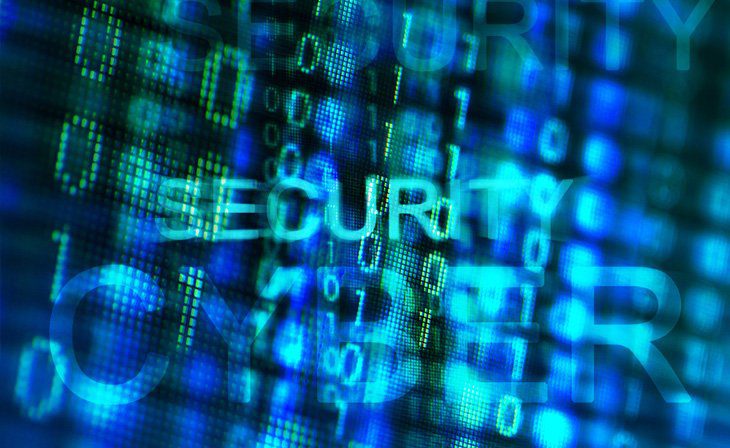Blogs
Home / Blog


This coronavirus outbreak has impacted millions of businesses around the world and your business could be one of them. With most businesses either forced to shut down or work remotely, you will have to adapt in order to stay afloat during this crisis.
If your business is also operating remotely, this means that all the activities and processes that take place in your office will shift online. The only downside with this approach is that you are more vulnerable when operating remotely than you are when operating from your office. This means that you have to make cybersecurity a priority and ensure effective cybersecurity management during COVID-19.
In this article, you will learn about six useful tips that you can use to manage cybersecurity efficiently during the coronavirus pandemic.
We all saw what happened to Zoom. In less than three months, its user base grew exponentially from 10 million users to 200 million users. As a result, it got extra attention from hackers and cybercriminals, who then exploited vulnerabilities in the system and hijacked meetings. This incident taught us an important lesson that you should always use secure and encrypted communication tools that put security and privacy first, especially for business use. You don’t want your business communications and secrets getting leaked due to video conferencing tools, collaboration tools or instant messaging applications.
As most people are working from their homes, they will connect to public and shared wireless networks. This is exactly what cybercriminals want your remote employees to do because it allows them to hack those devices and steal your data. That is why it is important for businesses to ask their employees to connect secure networks. You can also invest in a dedicated business VPN, which will go a long way in keeping your remote workers browsing sessions private.
It is very important to balance convenience with security. Just because it is easy to share files does not mean that it is also secure. You need to be extra cautious when sharing files. You can also use a cloud-based file sharing solution. Some of these file-sharing tools even let you check who has access, enabling you to grant access to some individuals and prevent sharing of information. Don’t give editing rights to unauthorized users to prevent any tampering of data. Some file-sharing tools also offer encryption and you should take advantage of this feature and encrypt your data.
Most businesses don’t even have a password policy. Even those who do not implement it fully, which is why their employees tend to be casual towards password management. Implement password best practices to prevent your passwords from getting stolen or hacked. Use different passwords for all your accounts and use a password manager to manage them. Always use passwords that are hard to guess for hackers. Implement multi-factor authentication that adds an extra layer of security and prevents hackers from getting access to your data and accounts. Yes, your remote workers might have to go through an extra step when logging into their account, but it is worth the hassle if security is your priority.
Millions of people are working from home and hackers know that. That is why they are launching phishing campaigns to trick them into sharing their sensitive information. They might use a spam message, phishing email or ask to download a malicious file that can infect your computer and give them access to your data. Be extra cautious when downloading email attachments and check links before clicking on them.
You need to invest in employee cybersecurity training and increase their awareness about the tactics hackers might use to target them. The more cyber aware your employees are, the harder it will be for cybercriminals to trick them. In addition to this, employees who are aware of these attacks can help you identify malicious activities and social engineering attacks. As a result, they can not only protect themselves but also their colleagues from these attacks.
Encourage your remote workers to download and install antivirus software. Ask them to keep their antivirus up to date so it can not only protect you from old threats but can also safeguard against the latest threats. Antivirus software uses virus definition to detect and block threats. If that virus definition is outdated, it won’t be able to protect you against the latest threats. Install a firewall in conjunction with an antivirus. A firewall can act as a gatekeeper and prevent malicious and illegitimate traffic from entering your network.
How do you manage your cybersecurity during the coronavirus pandemic? Let us know in the comments section below.
Enter your email to receive the latest news, updates and offers from HostNoc.
